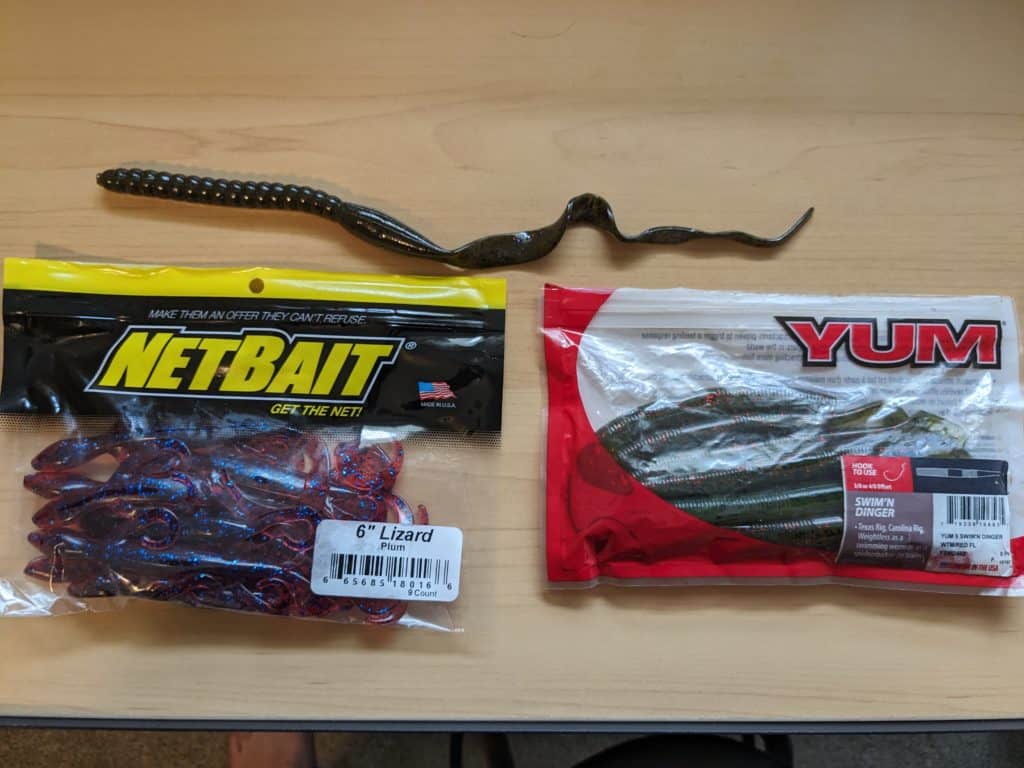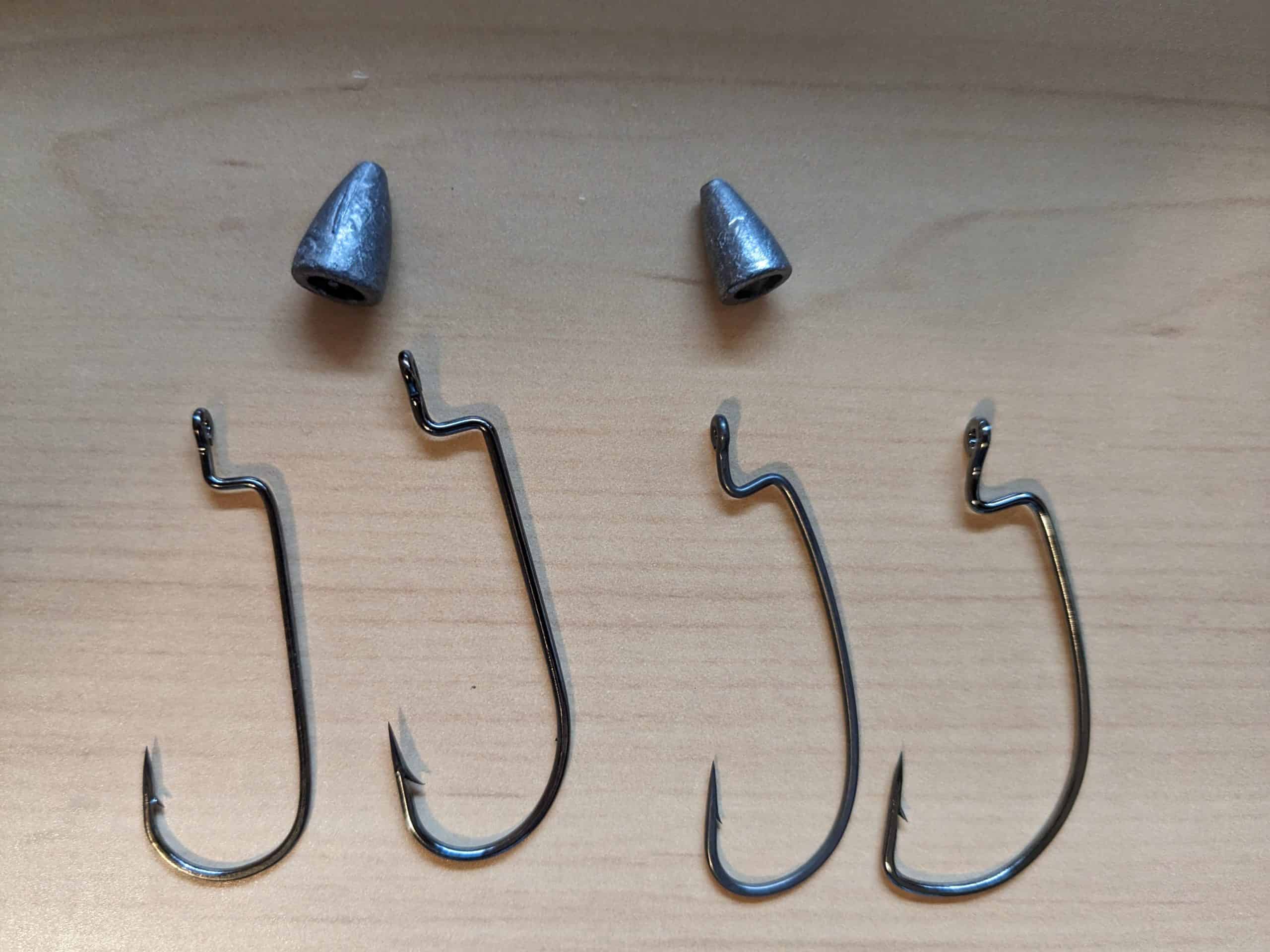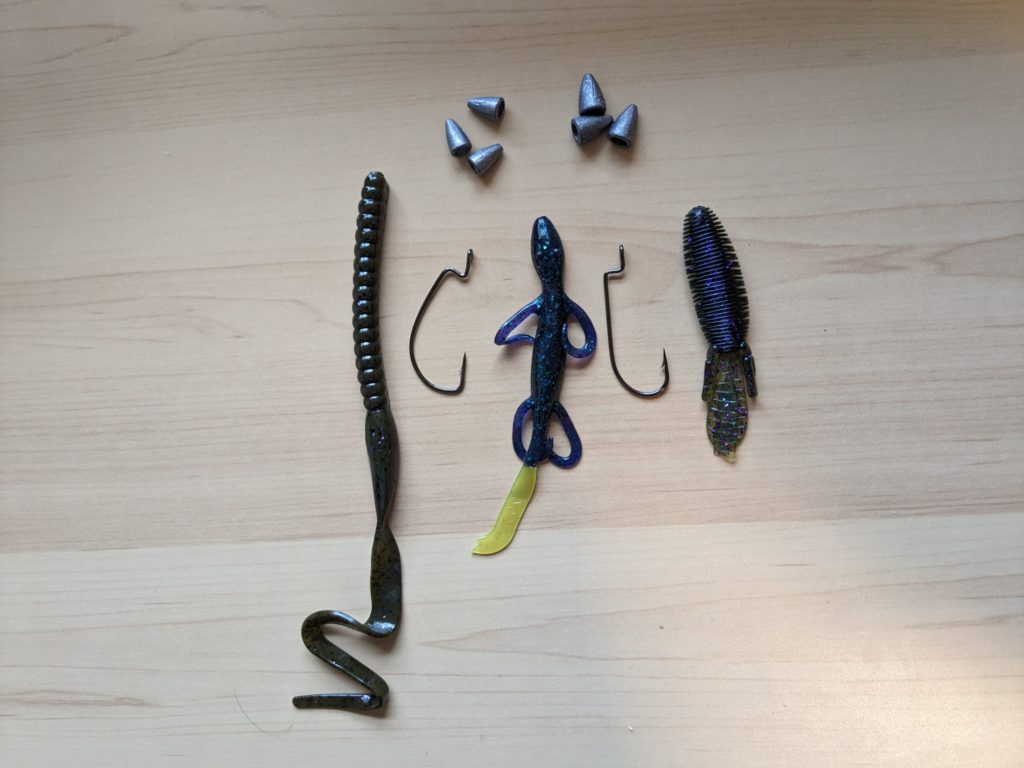Of the countless ways to fish for bass, Texas rigging stands out as one of the most versatile and effective. It provides a weedless setup and an enticing presentation, which is crucial when hunting for that elusive trophy bass. However, the effectiveness of Texas rigging isn’t about randomly threading a worm on a hook and casting it out, hoping for the best. It requires a strategic approach and an understanding of how to use different lures effectively to maximize your time on the water.
Understanding Texas Rigging
Before delving into the specifics of using different lures, it’s crucial to understand what Texas rigging is and why it’s so effective. In simple terms, the Texas rig involves threading a soft plastic bait onto a hook in a manner that prevents snags, allowing you to navigate your lure through heavy cover with ease. This rigging method’s primary appeal is its versatility; it can be employed with various lures and adapted to changing conditions. I would venture to say that Texas rigging could very well be the most versatile fishing rig to ever exist. You can fish it weightless or weighted with a cheap bullet weight depending on your depth needs. Also, for you bank fishing guys, there aren’t many better options. If you are looking on tips to effectively bank fish, check out this article.
Top Plastics for Texas Rigging

- Senkos: These are soft stick baits that have become almost synonymous with the Texas rig. The beauty of a Senko or stick style bait in a Texas rig setup lies in its simplicity and the slow, fluttering fall when it’s rigged weightless. With the right twitching action, you can make the Senko dance seductively, mimicking a wounded prey, irresistible to any nearby bass. Rigging them wacky style also introduces an enticing horizontal fall to the mix. In reality, a senko is just simply a stick-style bait. However, the Yamamoto Senko is so popular and well known, that you will hear stick style baits referred to as senkos by the bass fishing community. If you are on a budget, there are a variety of lures I would pick. The top budget bait that does not sacrifice too much action would be the Yum Dinger. You can consistently find these on sale at a variety of retailers. In regards to color, I like to keep it simple with a green pumpkin or watermelon color for clear waters, and black and blue for stained or muddy water. Don’t overthink it, those two colors will serve you just as well as any.
- Ribbontail Worms: These worms, with their long, undulating tails, are classic bass-catchers. The tail creates a unique action and disturbance in the water, which can draw bass from afar. They are particularly effective when fished slow in and around structures where bass are likely to be hiding. Remember, the slower you retrieve, the more time the bass has to detect and strike at your worm. In my opinion, 7-12″ ribbontail worms are one of the most underrated bass baits on the market today. To maximize your catches with a ribbontail, I highly recommend a ledge or drop off. Bomb your worm well beyond that ledge, and slowly hop and drag that worm back to your boat or bank. These don’t only catch fish, they catch the big girls. My favorite ribbontail worm that I never go without is the Zoom Ol’ Monster in Tequila Sunrise. I throw this color regardless of water clarity, and in the dog days of summer. Be warned, you will often not catch numbers on a large ribbontail, you are going for quality. If you want to knock the socks off of numbers or fill a limit, I swear by the 7″ Berkley PowerBait Power Worms in the Motor Oil color. This color has been long forgotten, but I promise you it catches them just as good as it did back in the day.
- Craw-style Baits: Bass are natural predators of crawfish, which makes craw-style baits an excellent choice for a Texas rig. Their flapping claws imitate the defensive stance of a real crawfish, triggering an instinctive response from bass. When rigged Texas-style, these baits can be efficiently worked through rocks, fallen timber, or dense vegetation, areas where bass often lurk. I am always a fan of simple craw-style baits, for both Texas rigging and jig style presentations. I have thrown Missile D-Bombs and Baby D-Bombs with great success. For colors, Candy Grass is a staple in my bag.
Tackle to Use for Texas Rigging
Selecting the appropriate hooks, weights, and rod/reel combo is pivotal to successful Texas rig fishing. The nice part is I always aim to keep it simple so you aren’t wasting time and money buying tackle you don’t need. Here’s a breakdown of where to start:
Hooks: When it comes to Texas rigging, the hook choice depends on the size of the soft plastic bait you intend to use. Typically, a size 3/0 to 5/0 worm hook will work well with most plastic worms and creature baits that you are Texas rigging. If you’re using smaller baits or even Texas rigging for bait finesse, you might want to scale down to a 1/0 or 2/0 hook.
The two most common types of hooks used in Texas rigging are EWG (Extra Wide Gap) and Offset Worm Hooks. EWG hooks work best with thick-bodied baits such as creature baits and larger worms, while Offset Worm Hooks are ideal for thinner worms or stick baits. Personally, I have always favored offset hooks instead of EWG hooks for Texas rigging. I have always felt like I have a better hook-up ratio, but this is also dependent on the hook set. I am most definitely in the minority, as most anglers and pros tend to figure EWG hooks. Test them both and figure out what works best for your style of fishing!

Weights: Bullet weights are the preferred choice for Texas rigging, as their streamlined shape allows for efficient casting and snag-free retrieval. Weight selection depends on the depth and the speed of current where you’re fishing. A 1/8 to 1/4 ounce weight is adequate for shallow waters, but you may need to increase up to 1/2 or 3/4 ounce for deep water or strong currents. Tungsten weights are often favored over lead due to their compact size and enhanced sensitivity, however they are much more expensive.
Rod/Reel: A medium-heavy power rod with a fast action tip is an excellent choice for Texas rigging. The medium-heavy power provides enough backbone to set the hook and control the fish, while the fast action tip ensures you have the sensitivity to feel subtle bites and will be responsive when jigging your bait up and down.
As for the reel, a baitcasting reel in a 6.4:1 to 7.3:1 gear ratio is suitable for most Texas rig applications. This range provides a good balance between retrieval speed and power.
If you are looking for solid options for both rods and reels, check out this article that lists five budget combos that will serve all of your Texas rigging needs.
How to Set Up a Texas Rig
Thankfully, getting ready for Texas rigging is easy as pie. It takes only a few times attempts to get it mastered. Here’s a step-by-step guide to help you effectively set up your Texas rig:
1. Slide the Weight: Start by sliding your chosen bullet weight onto your fishing line with the pointed end facing towards the end of the line. Make sure the weight is loose on the line, as this makes it much easier to tie a nice knot and make sure you don’t hook yourself.
2. Tie on the Hook: Next, tie your EWG or Offset Worm Hook to the line using your preferred knot. The Improved Clinch Knot and Palomar Knot are reliable choices for this setup. As a note, remember to always wet the knot with saliva or water before cinching the knot down. This will prevent your knot from burning or slipping down the road.
3. Thread the Soft Plastic: Now, it’s time to attach your soft plastic bait. Insert the hook point into the top of the bait and push it about a quarter of an inch through. Then, bring the hook point out of the bait.
4. Rotate the Hook: After the hook point is out of the bait, rotate it 180 degrees so that the hook point is aligned to go back into the body of the bait.
5. Insert the Hook: Position the bait so that it’s straight and then insert the hook point back into the bait’s body. The goal is to make the bait as streamlined as possible to ensure a weedless setup.
6. Check the Setup: Lastly, check your Texas Rig setup. The weight should be free to slide up and down the line, and the bait should be straight on the hook for a natural presentation. You do not want your bait kinked or scrunched up. This will give a poor presentation and will cost you fish.
Note: Some anglers prefer to “peg” the bullet weight close to the hook using a toothpick or a special rubber peg. This can help in very heavy cover or when you want a more vertical fall to your bait.
If you are more of a visual learner, here is a nice video on how to set up a Texas rig and should get you well on your way.
Top Secret: Texas Rigging Lizards
If the Ribbontail worm is underrated, than the soft plastic lizard is the forgotten step child. This is my little secret here in the Midwest. I never run across anyone throwing a Texas rigged lizard in the summer, and that’s okay by me. Without a doubt, these guys catch fish and make those bass go crazy. They are often cheap, come in a slough of colors, and are often more durable than a lot of other popular soft plastic baits on the market. If you had to use one lizard style bait, go with the Zoom Lizards in a Junebug Chartreuse tail for your stained water and pick any green pumpkin variety. Trust me, it will quickly become a confidence bait.

As the temperatures cool and bass become more active, adapting your techniques will ensure your continued fishing success. Texas rigging, with its versatility and efficacy, is a worthwhile method to master. Whether using a Senko, a Ribbontail worm, craw-style bait, or the forgotten lizard, the key is understanding how each lure behaves and the best ways to present it to attract a hungry bass.
Tight lines,
Dawson

Pingback: Best Summer Baits for Bass in the Midwest